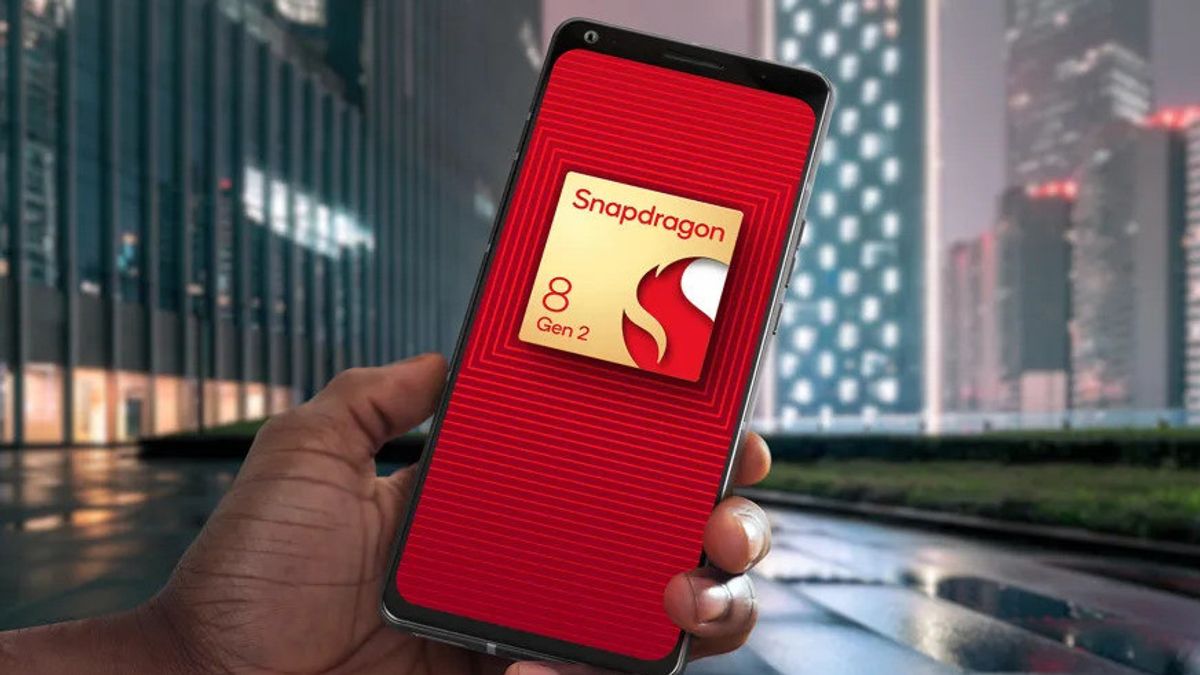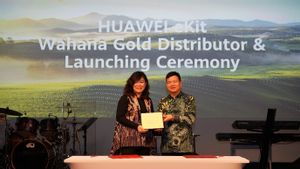JAKARTA - Qualcomm, which partnered with Thales, has just announced its Snapdragon 8 Gen 2 System-on-Chip (SoC) equipped with the world's first commercially available iSIM technology.
Integrated SIM or iSIM promises the same card-free digital registration and security as eSIM, but built directly into the phone's main processor.
With this new technology, phones no longer require special chips, saving space and costs. Users will not really realize the difference between iSIM and the eSIM technology that is already available, as both provide access to the provider network without requiring a physical driver's license.
This technology also supports the same long-distance supply standards as eSIM. Network providers do not need to update their systems to support iSIM-based devices.
However, Qualcomm expects the adoption of the new technology to be an option for 300 million device owners by 2027. It will include wearable devices and tablets.
This technology has been built into the Snapdragon 8 Gen 2 architecture, but has recently been certified by GSMA for activation. According to Engadget quoted Thursday, March 2, iSIM can provide space for slightly larger batteries and other components.
More importantly, this can encourage more manufacturers to use digital SIMs by making technology easier to implement.
Thales, which is also developing eSIM technology, is behind iSIM standards. It has partnered with Qualcomm and Vodafone to test smartphones that supported iSIM in the past, with successful trials in January 2022.
"Along with the increasingly popular eSIM, Thales 5G iSIM provides greater freedom to device makers and mobile operators to offer easy over-the-air connectivity to their customers, and product designs that are more attractive and easily accessible," said VP of products embedded in Thales Mobile, Guillaume Lafaix.
The company did not say which phone would be the first to use iSIM. However, it is claimed that high-end phones will be targeted by iSIM connectivity, not surprisingly given that it is currently exclusive to Qualcomm's flagship chipset. Intermediate-class devices will soon follow.
The English, Chinese, Japanese, Arabic, and French versions are automatically generated by the AI. So there may still be inaccuracies in translating, please always see Indonesian as our main language. (system supported by DigitalSiber.id)








